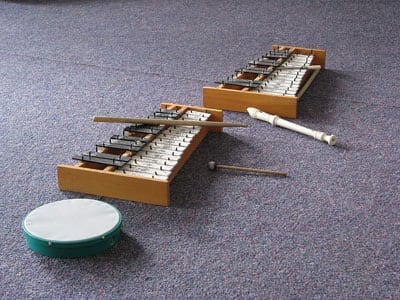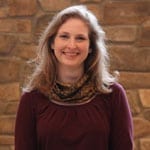
edWebinars
«Back to all edWebinars- This event has passed.
Embedding Music in the Early Childhood Inclusion Classroom
Thursday, July 7, 2016 @ 2:00 pm - 3:00 pm EDT

Presented by Carol Ann Blank, Board certified music therapist and Manager of Special Needs Services, Music Together
Sponsored by Music Together
If you view the recording and would like a CE certificate, join the Arts & Music in Early Learning community and go to the Webinar Archives folder to take the CE quiz.
Inclusion is more than bringing all learners to the same early childhood early learning environment. Inclusion means structuring learning experiences with many access points to meet students where they are. Embedding music-making experiences in the inclusion classroom takes many forms and serves different purposes. Classroom management (i.e. transitions and rituals), social-emotional learning (i.e. self-regulation and peer relationships), and academic skills (i.e. pre-literacy and numeracy) can all be supported through the use of the elements of music: melody, harmony, and rhythm.
This webinar helps educators find ways to create additional access points into learning through the inclusion of songs and chants throughout the school day. Look at music activities that support social development, language development, and physical-motor development for ALL children in the early childhood inclusion classroom, including special learners or those with challenging behaviors. Gain an understanding of the learning and social benefits of music while gaining some fun musical tools to include special-learners in the classroom experience — not only during music time, but throughout the day, as well!



